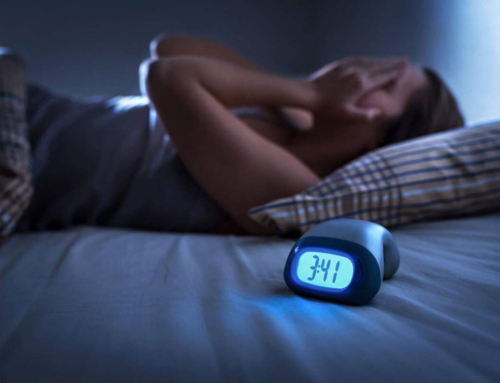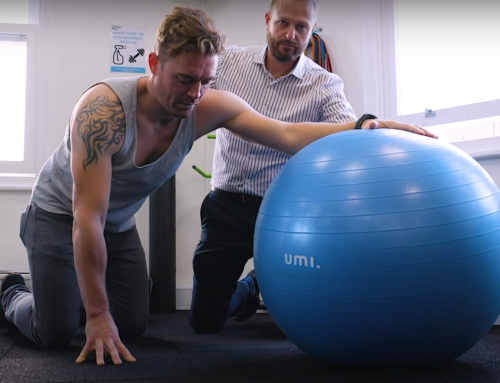Patient information for hyaluronic acid (HA) injections.
Hyaluronic acid (HA) injections can give some reduction in pain of osteoarthritic joints. However, the improvements are usually temporary (lasting a maximum of 6-9 months). HA injections are generally very safe, although certain people may experience some minor side effects. This patient information leaflet aims to provide you with the necessary knowledge for your information.
What are hyaluronic acid injections, and how are hyaluronic acid injections used?
Hyaluronic acid occurs naturally within the body. The hyaluronic acid used in injections is a synthesised (man-made) version of this substance. HA injections are sometimes recommended for people with osteoarthritic condition (wear and tear of joints), which may cause musculoskeletal pain. A range of hyaluronic acid injections exist. Some patients may require a series of injections and some injections can be delivered on a one-off basis.
What happens when I have a hyaluronic acid injection?
The clinician, who will be performing your injection, will choose the most appropriate hyaluronic acid for your condition and symptoms. They will usually inject the HA directly into the area where you have the pain, such as a joint. Most injections are quick and easy to perform.
Sometimes an ultrasound scan and/or x-rays, are used to find out more about where the pain and osteoarthritis is, and also to deliver the injection more precisely. An ultrasound scan is usually used at the time of the injection to deliver precision treatment.
What happens after the injection?
If you have a local anaesthetic, your pain may be relieved within minutes, but the effect may wear off after an hour or two. It usually takes several days for the effect of the HA to begin to work. You might wish to arrange alternative transport home after your injection, especially if you are having a local anaesthetic, which may cause some numbness and make it difficult to drive. If you have an injection into a joint, you may be advised to avoid strenuous exercise for two or three days afterwards due to potential post-injection discomfort. If you have an injection around a tendon, you may be asked to avoid heavy impact and loading activities for a few days, again due to potential discomfort after the injection.
Will I need another injection?
If you find the hyaluronic acid injection helpful, and other treatments have been unsuitable or have not helped, the injection may be repeated. There is currently no research evidenced to suggest any long term harm to tissues from having repeat injections of hyaluronic acid.
Potential risks and side effects.
Most people have HA injections without any side effects. A small proportion of people may have some pain for a day or two after the injection, but this usually resolves quickly and can be managed with relative rest and over-the-counter painkillers.
Will it hurt?
They can be a bit uncomfortable at the time of the injection, but many people find that they are not as bad as they initially feared.
Flare-up of pain
Occasionally people may notice a flare-up of their pain within the first 24-hours after injection. This normally settles within a couple of days. Simple painkillers, such as paracetamol, may help.
Infection
It is very rare that you may get an infection in the joint at the time of injection. If the joint becomes more painful and hot, you should seek medical attention immediately, especially if you are feeling generally unwell.
Other potential side effects
There are very few other reported side effects that have been linked with the use of hyaluronic acid.
Can I take other medicines along with the hyaluronic acid?
Yes, you can take other medications alongside the hyaluronic acid injection. There are no known significant drug interactions that occur with hyaluronic acid. However, if you are taking a blood-thinning drug, such as Warfarin, you may need a blood test to make sure that your blood is not too thin to have the injection. This is because of the risk of bleeding into the joint at the time of the injection. You, therefore, must tell the physiotherapist giving the injection, if you are taking an anti-coagulant as they may need to discuss this with your GP before giving you the injection.
Pregnancy and breastfeeding
Unfortunately, we are not able to offer hyaluronic acid injection to patients who are pregnant without receiving specific consent from their GP. There are currently no known associated risks to have HA injection whilst breastfeeding, although you might still wish to discuss with your GP first.
Below is a summary of the risks/side effects of having hyaluronic acid injection:
• Serious side effects are rare but can include:
• Joint and soft tissue infections.
• Anaphylaxis (allergic reaction)
Other potential side effects include:
• Post-injection flare of pain at the injection site.
• Injury or trauma to neurovascular structures during the injection procedure.
• Your therapist is trained to take every appropriate step to avoid injecting or traumatising any soft tissue structures, nerves or vessels when performing the injection, however, there is always a very small risk that this could occur, particularly with injections at certain locations.
You will be asked to remain in the clinic for twenty minutes following the injection to allow observation for possible adverse reactions.
Learn more
Don’t let pain hold you back, book now!






